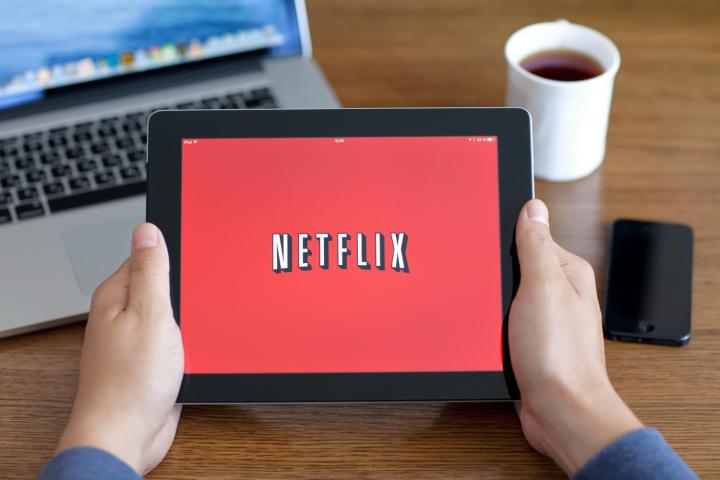
The exec gave an update on the content currently in the streamer’s production pipeline, and subscribers can rest assured that they’ll have plenty of binge material, including old favorites, and plenty of new blood. In addition to the upcoming scripted series, Netflix will boast 10 feature films, roughly a dozen feature documentaries, 10 stand-up specials, two documentary series, and — in a telling strategy to attract young viewers — a whopping 30 series for kids all told, reports Fortune.
The streamer apparently feels confident in its appeal, given that it now plans to move away from making deals with U.S. movie studios, aside from a massive licensing agreement with Disney for future rights to multiple films, including the Marvel franchises and Star Wars franchises (though Star Wars: The Force Awakens won’t make the cut in the U.S.).
Sarandos described originals as a better investment. As Business Insider points out, by developing its own programming, Netflix doesn’t have to worry about exclusivity or global rights down the line. The strategy simplifies international expansion, which has been a major priority for Netflix in recent years, and will continue to be in 2016.
The move is also part of a larger strategy by Netflix to ween itself away from depending on acquisitions of past series from other networks and content creators, who have been increasingly reticent about striking deals with Netflix as the service has become a bigger competitor, both within, and outside of the streaming marketplace.
It helps, of course, that Netflix has been making high-quality content. Sarandos referred to its shows simply as “programming that people want to watch.” The point is hard to argue, especially since he backed it up with proof: Netflix originals were nominated for every major award last year, including an Emmy, Oscar, and Golden Globe last year. (Not to mention its multiple Emmy wins this year.) The streamer boasts hit series like Orange Is the New Black, Jessica Jones, Bojack Horseman, House of Card, and more.
The streaming service has gone a long way since deciding to double as a full-fledged studio. In 2013, Netflix’s target was five new original shows per year, so it’s impressive and exciting to see the number ramping up to six times that number in just three years.
Editors' Recommendations
- The best Netflix original series right now
- 7 most controversial Netflix shows ever
- 5 shocking revelations from the Netflix docuseries Waco: American Apocalypse
- Netflix suspends its streaming service in Russia
- Here are Netflix’s picks for the best 2019 TVs for streaming its shows


